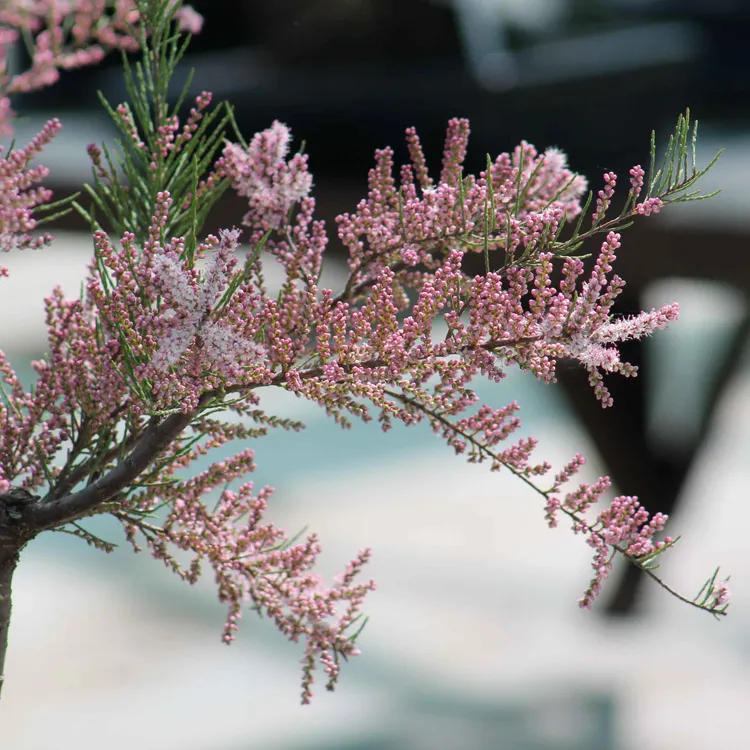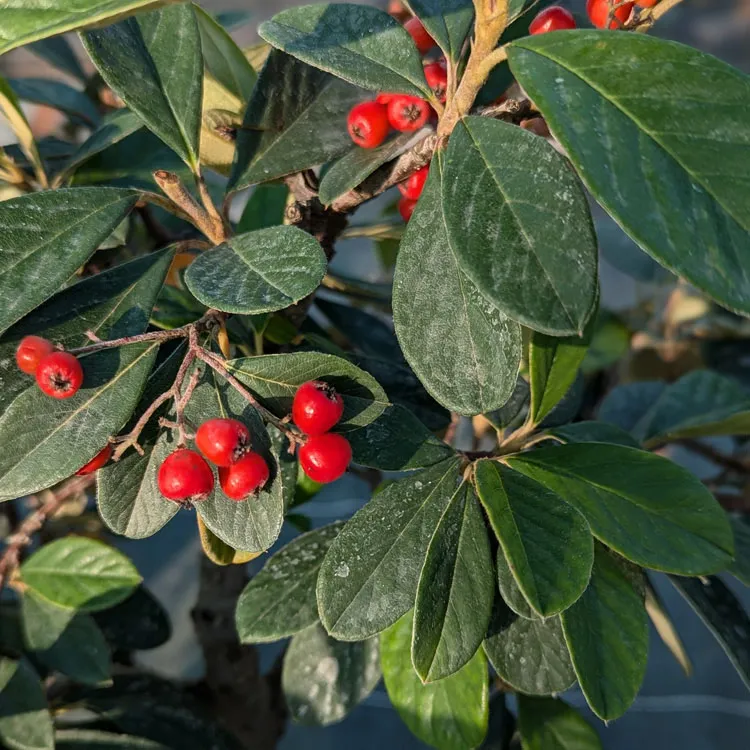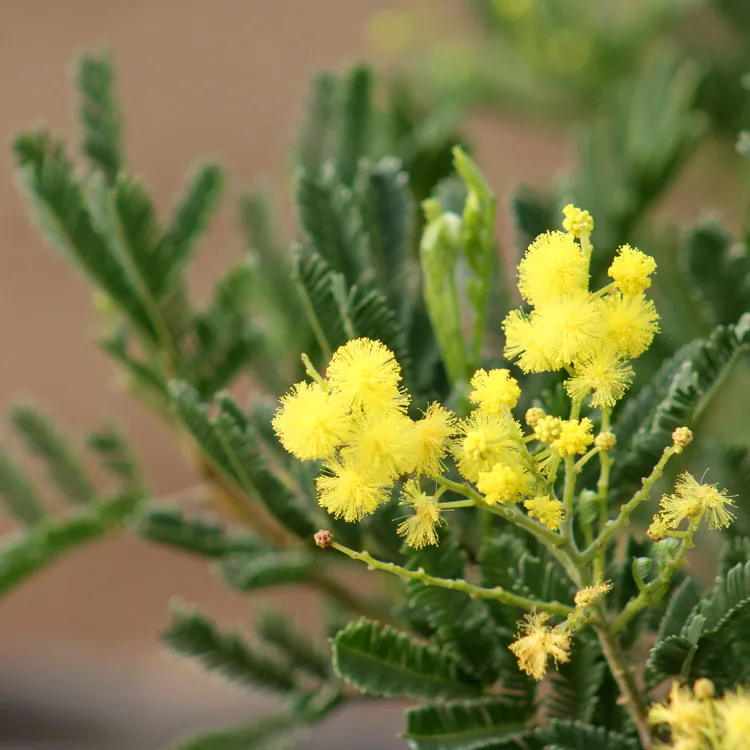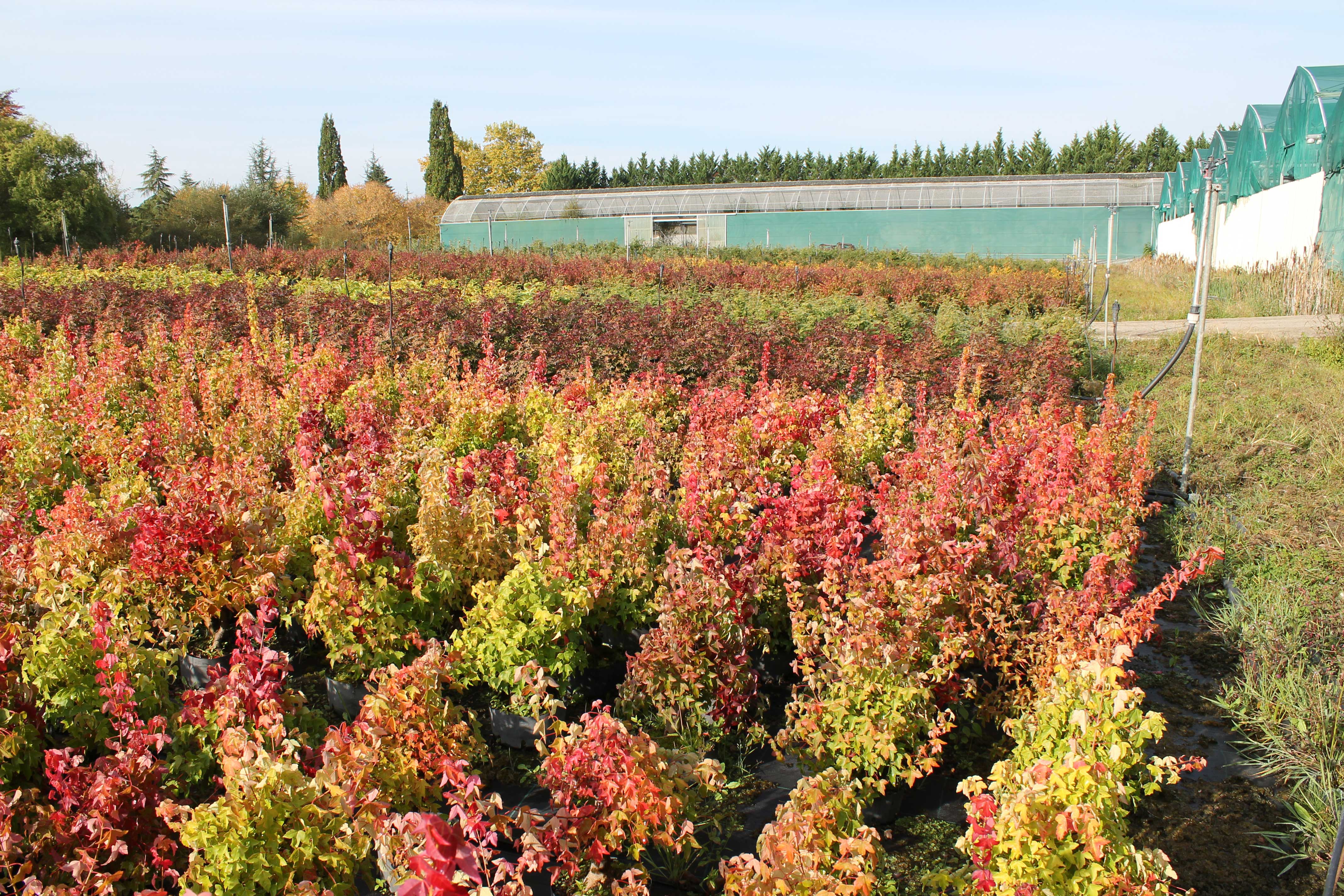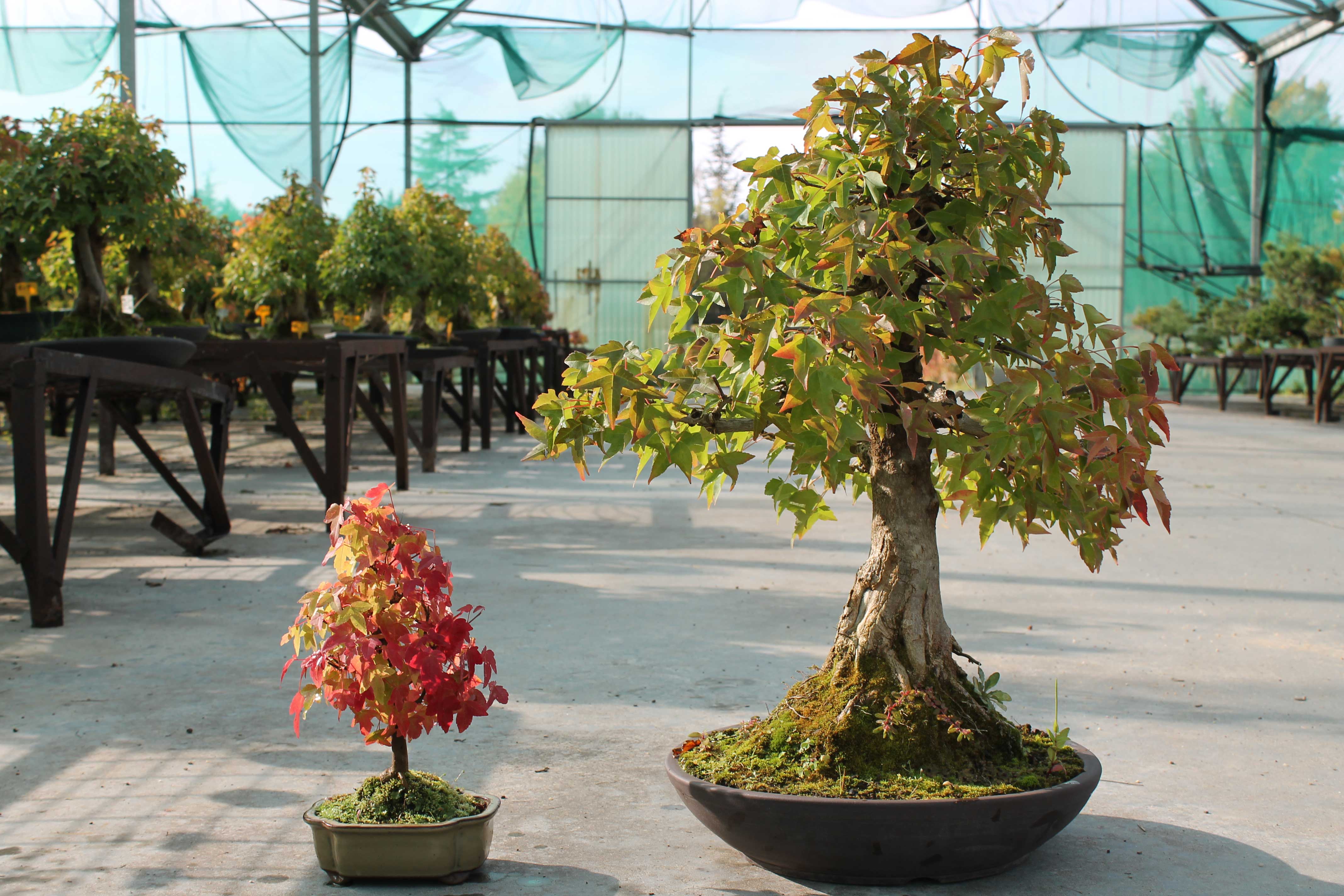When the temperatures start to drop, at the beginning of autumn, the trees and more precisely our bonsai put in place mechanisms that will allow them to live in slow motion during the winter in order to avoid expending energy unnecessarily.
This is because the leaves of the trees are covered with photosensitive sensors that react to the reduction in the length of the day. They allow the tree to convert sunlight into energy.
With the decrease in light time and the drop in temperatures, the leaves can no longer make food for the tree. At their base, a kind of small plug forms, which prevents the sap from circulating. The leaves dry out, become more fragile and fall off with the wind, revealing new buds
Depending on the regions where you are located, this is the time to start preparing the winter protection equipment, thinking about the climatic conditions of each one, as well as the locations to be provided, taking into account the orientation in relation to the sun and shelter from the wind. Here we don't have a big frost, the trees can withstand occasional night temperatures of -5° but if you are in a colder region you have to be vigilant and take precautions to fight against the cold.
Repotting
If your tree is in an unsuitable substrate (non-draining or too water-retention), it is still possible to repot it, although it is preferable to wait until late winter or early spring. But with the arrival of rainy periods, the substrate may be permanently bathed in water and develop root rot.
Tips for a rainy autumn:
-
Shelter the tree during heavy rains
-
Make holes in your substrate with a small stick to aerate it, this can sometimes be enough to get through the winter more serenely but if necessary it is preferable to repot it in a more draining mixture.
Watering
It will be necessary to reduce the frequency of watering by monitoring the substrate daily. With lower temperatures and higher humidity, evaporation occurs more slowly. Watering in autumn should be just as rigorous, taking into account rainfall.
Fertilizer
Fertilizer applications should be continued. The trees are stocking up to withstand the winter, so don't hesitate to help them to ensure a vigorous recovery in the spring. You can force organic and foliar fattening of trace elements in order to strengthen the tree's immune defenses.
Waist
- On deciduous trees, you can practice a light pruning, shortening the branches, removing small branches that are badly placed or useless, but the work will be easier when all the leaves have fallen. If you are in a northern region or at high altitudes, the leaves may have already fallen, in which case a more severe pruning (structure pruning) may be practiced.
- On pine trees, the pruning of certain strong branches can now be carried out in order to rebalance the strength of the tree.
- Some varieties such as azaleas can produce a few flowers, so don't hesitate to remove them so as not to exhaust the tree.
Ligation and guying
All species can be tied and guyed. However, it is preferable to wait until the leaves have completely fallen off to facilitate the laying of the thread.


 Production of French Bonsai
Production of French Bonsai











































